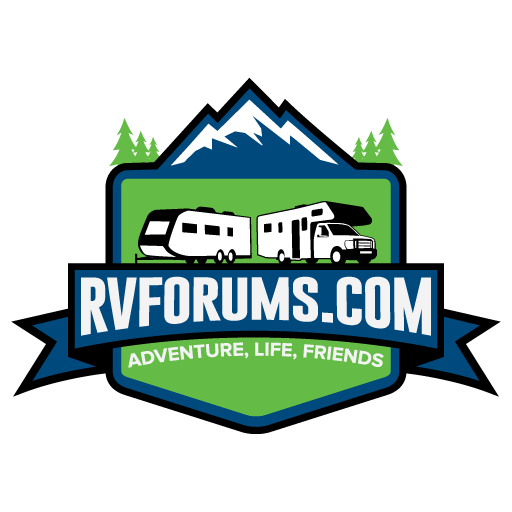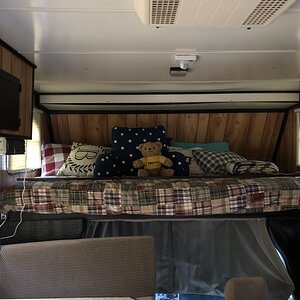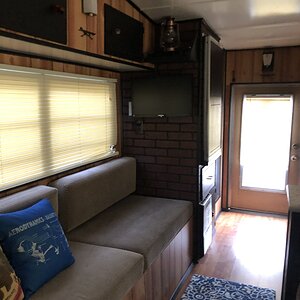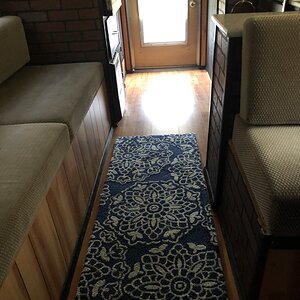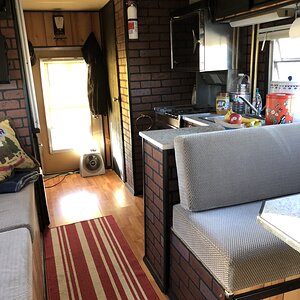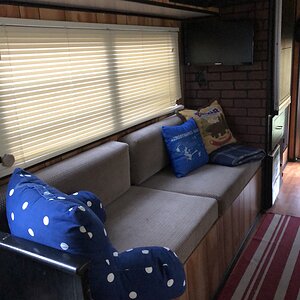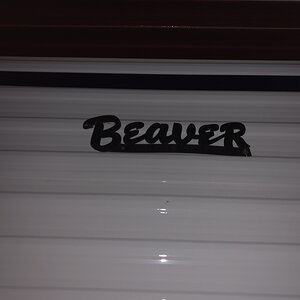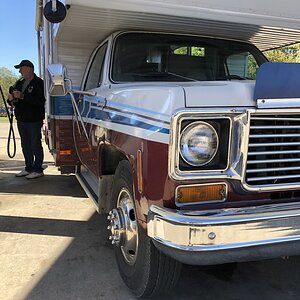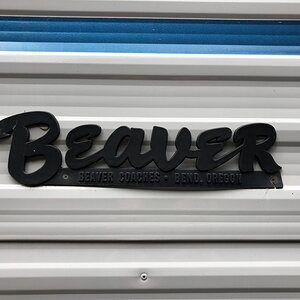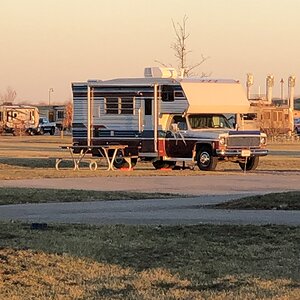LambdaChi385
RVF Newbee
- Joined
- Nov 1, 2020
- Messages
- 1
All,
I am a first time travel trailer owner, and I could use some help. Surprisingly enough, I can't find a YouTube link or a How-To site to save my life....
We purchased a 2020 Coachmen Freedom Express Liberty Edition - Model: 310BHDSLE - in June 2020. It's time for me to winterize this sucker and my owner's manual is about as useless as a screen door on a submarine...
Can anyone walk me through the steps or post a link?
Thanks in advance!!
I am a first time travel trailer owner, and I could use some help. Surprisingly enough, I can't find a YouTube link or a How-To site to save my life....
We purchased a 2020 Coachmen Freedom Express Liberty Edition - Model: 310BHDSLE - in June 2020. It's time for me to winterize this sucker and my owner's manual is about as useless as a screen door on a submarine...
Can anyone walk me through the steps or post a link?
Thanks in advance!!
